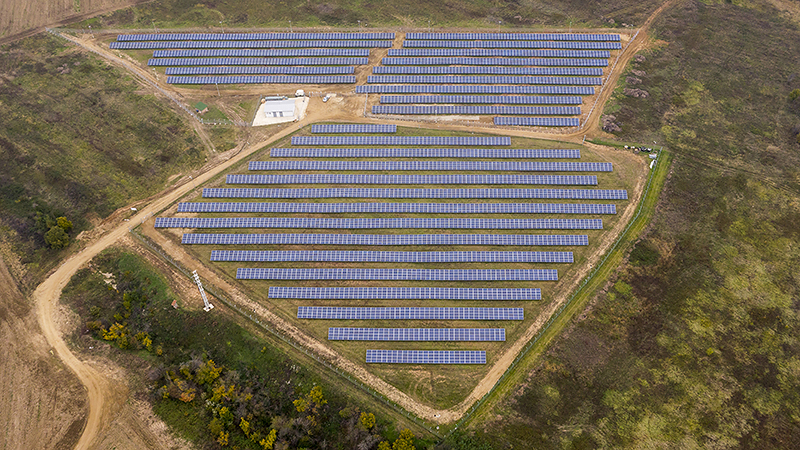The Energy Community finds that Serbia’s current Energy Law is not compliant, as it does not envisage a new approach for the design of the support schemes for renewable energy, noting that the old system of feed-in tariffs is not proportionate. In a letter sent to the Serbian Parliament, to which pv magazine had access, the director of the Energy Community Secretariat, Janez Kopac, has suggested a series of measures that are expected to bring Serbia closer to EU standards in terms of renewable energy development.
In the letter, the organization suggests a few fundamental changes, such as: launching the competitive tendering procedure, introducing the contract for differences for successful bidders, abandoning the status of the temporary privileged power producer, new incentive measures in the form of a premium, introducing balancing responsibility for privileged producers, and establishing a renewable energy operator.
The beneficiaries of the support scheme would be determined in a tendering process, open to all producers of electricity from renewable sources, based on clear, transparent and non-discriminatory criteria.
The competitive bidding would not apply to installations with capacity under 1 MW or demonstration projects, except for electricity from wind energy where an installed electricity capacity is of up to 6 MW or six generation units.
Introduced in 2009, the old FIT system applied to solar with rates under the program ranging from € 0.124 to € 0.146/kWh for rooftop arrays depending on system size, and €0.09/kWh for ground-mounted installations, all under a 12 year PPA, and a low quota of a mere 10 MW, whereas wind enjoyed as much as 500 MW quota.
Serbia boasts abundant lignite resources and has considerable hydro capacity, but nevertheless remains dependent on energy imports.
Earlier this year, the Energy Community warned that Serbia should renegotiate its 10-year supply deal with Russia’s Gazprom inked in 2011 in order to align it with European gas market rules. Namely, Serbia should ensure that its companies are not prohibited from selling on the gas they purchase from Gazprom (whose annual delivery to Serbia stands at 5 billion cubic meters) to other countries, thus failing to comply with the existing competition rules.
Despite solar’s falling costs and rather high irradiation, Serbia expects to see as much as 700 MW of new coal-fired power capacity added by 2025, and 350 MW by 2020. Currently, the country gets around 50% of its electricity from one of its oldest coal power plant Kolubara, built in 1956 as one of the four facilities of the thermal power plant Nikola Tesla.
Meanwhile, Serbia’s 2020 renewable target stands at 27%, and according to the government’s energy statistics for 2017, the share should reach 18%. The bulk of this is hydro, with geothermal, biogas, wind and solar contributing less than 1%.
Established with the aim to extend the EU’s internal energy market to southeastern Europe and the Black Sea region, the Energy Community is an international organization consisting of the EU, represented by the European Commission, and the countries and the would-be member states of Albania, Bosnia and Herzegovina, the former Yugoslav Republic of Macedonia, Kosovo under UNSCR 1244/99, Moldova, Montenegro, Serbia and Ukraine – as the contracting parties.
This content is protected by copyright and may not be reused. If you want to cooperate with us and would like to reuse some of our content, please contact: editors@pv-magazine.com.




1 comment
By submitting this form you agree to pv magazine using your data for the purposes of publishing your comment.
Your personal data will only be disclosed or otherwise transmitted to third parties for the purposes of spam filtering or if this is necessary for technical maintenance of the website. Any other transfer to third parties will not take place unless this is justified on the basis of applicable data protection regulations or if pv magazine is legally obliged to do so.
You may revoke this consent at any time with effect for the future, in which case your personal data will be deleted immediately. Otherwise, your data will be deleted if pv magazine has processed your request or the purpose of data storage is fulfilled.
Further information on data privacy can be found in our Data Protection Policy.